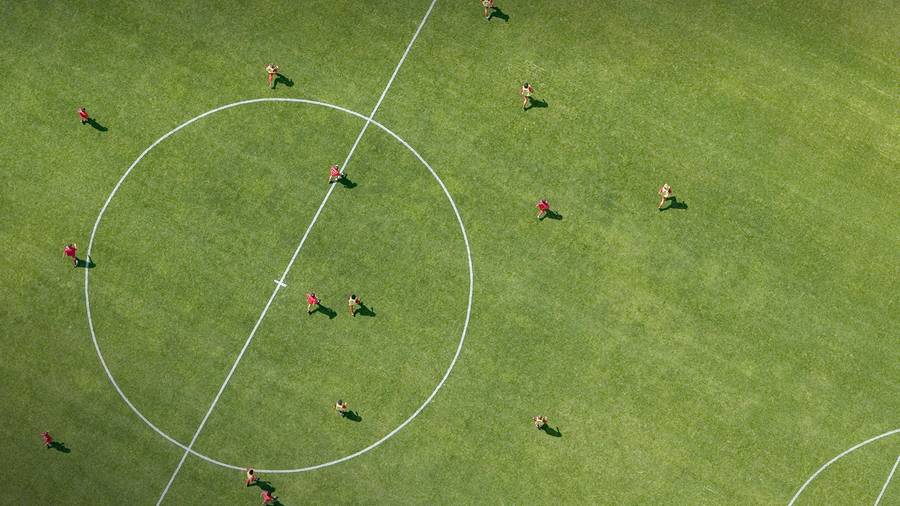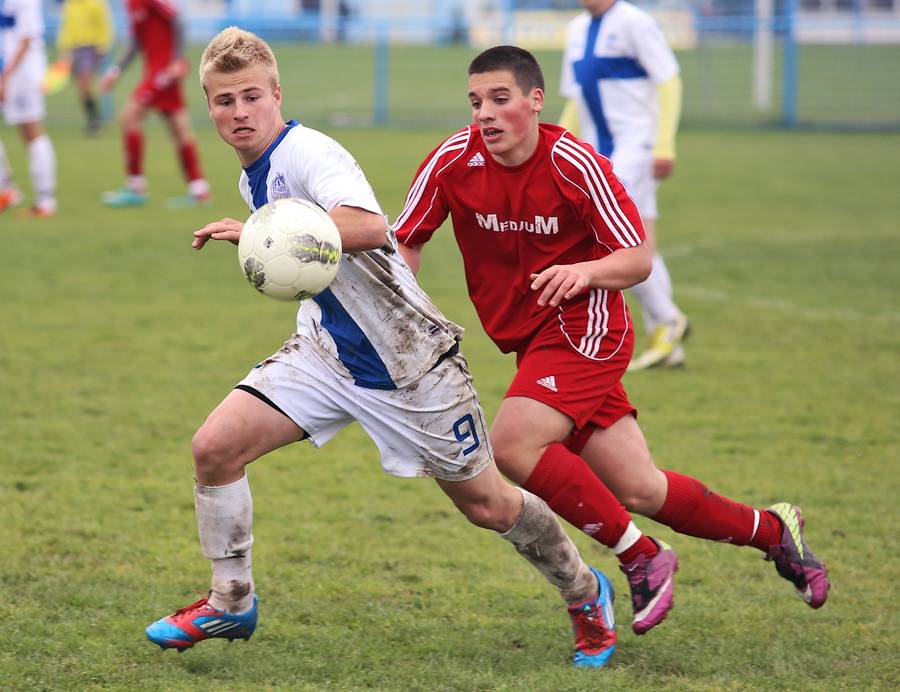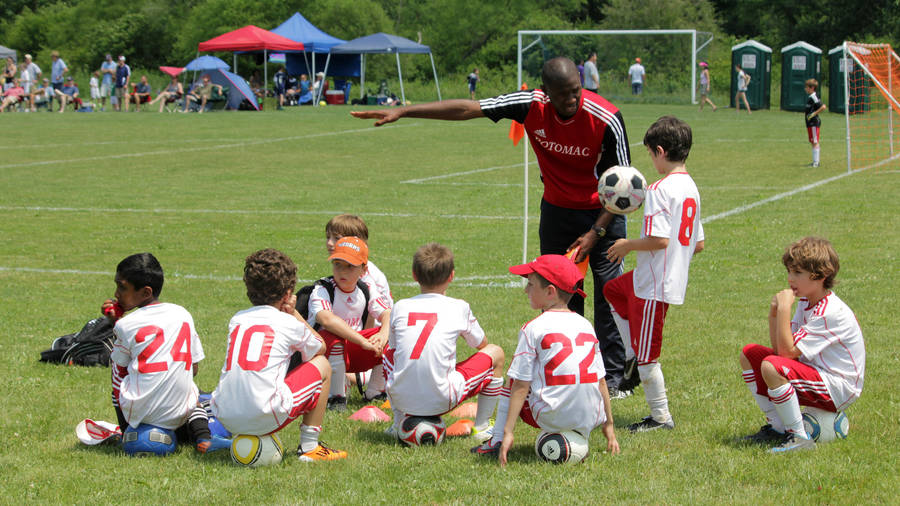
One of the charms of football is that the fundamentals of the game have largely remained unchanged for over a century. Tweaks have been made along the way, the balls have become lighter and faster, the backpass rule was introduced in the 1990’s and had a significant impact on the way the game was played but for the most part, it’s still just 2 teams of 11 players with a further team of 3 (armed with a whistle and 2 flags) to ensure fair play.
Technology has now arrived though and progressive types argue against us dinosaurs that the game needs to fully embrace it. As someone who never liked the idea of VAR when it was suggested it doesn’t surprise me that it is already proving to be very unpopular. I thought it would be the endless stoppages to games that would be its biggest issue but I note it’s the fact that it intrudes on the game and still gets decisions wrong that is making it so disliked.
There can be no doubt however that the advent of technology has revolutionised how the game is coached and analysed at all levels and even dinosaurs like me need to accept that the game is far better for it. Today, even grassroots junior footballers benefit from a range of technological advancements that enhance their training and development. From wearable devices for performance tracking to virtual reality simulations for tactical learning, technology is playing an increasingly pivotal role in shaping the future of the sport.

In years past, the training equipment available to junior football teams was relatively basic. If a junior team had a full set of cones, bibs, and balls they were thought to be doing well, with anything more advanced reserved for professional teams. However, the landscape has changed dramatically, with modern training aids becoming more accessible and widespread. Mannequins and hurdles are now standard equipment for many, used to enhance drills and improve various aspects of players' physical and technical skills.
Beyond mannequins, cones, tactics boards, and hurdles, several other pieces of training equipment have become standard for junior football teams. For instance, Agility ladders are used to improve footwork, coordination, and speed. They are laid flat on the ground and players perform various drills by stepping in and out of the ladder rungs, enhancing their agility and quickness.
Speed and Resistance Bands are used to enhance strength, speed, and agility. Speed bands are typically worn around the legs or waist providing resistance that players work against to improve their sprinting and lateral movement. Resistance bands are used for strength training exercises, helping players build muscle and improve overall fitness.
One of the earliest pieces of equipment to be introduced were rebounders or rebound nets, which are used to practice passing, control, and shooting. Players kick or throw the ball against the net, which rebounds the ball back to them simulating real game scenarios and improving their reaction times and accuracy.
Most junior grassroots teams have small sided goals which many feel are essential for training sessions, especially when focusing on shooting, finishing and small sided games. These goals help players work on their accuracy and technique in a more controlled and focused environment.
I’ve noticed that slalom poles are now also fairly standard and used for dribbling drills and to improve players' agility and control. By weaving in and out of the poles, players enhance their ability to navigate through defenders and maintain control of the ball under pressure.
Even weighted vests are used at older age groups to add resistance to training drills, helping players build strength and endurance.
One of the most significant technological advancements in football is the use of wearable devices for performance tracking. These devices, which include GPS trackers and heart rate monitors, provide detailed data on a player's physical performance. Metrics such as distance covered, sprint speed, and heart rate variability offer valuable insights into a player's fitness levels and workload.
Wearable technology allows coaches to monitor players' physical condition in real time, enabling them to tailor training programmes to individual needs. By tracking metrics such as fatigue and recovery times, coaches can prevent overtraining and reduce the risk of injuries. For junior footballers, this personalised approach to training is particularly beneficial as it ensures their development is optimised while safeguarding their long term health.
Devices like the Catapult GPS tracker are used in football at all levels. These trackers provide comprehensive data on players' movements, allowing coaches to analyse their positioning and effort during matches and training sessions. Heart rate monitors such as those from Polar, provide additional data on a player's cardiovascular performance, offering a complete picture of their physical state.
Another of the most exciting technological advancements in junior football is the introduction of Veo, an AI-powered camera system designed to film and analyse matches automatically. Veo has revolutionised how teams capture and review their performances, providing a level of analysis previously only available to professional clubs.
Veo is an intelligent camera system that uses AI to automatically follow the action on the pitch. The system consists of a camera mounted on a tripod and a cloud based platform where the footage is stored and analysed. The camera captures a 180-degree view of the field, ensuring that no moment is missed. The AI technology tracks the ball and players, creating a dynamic recording that can be reviewed post-match.
Many junior teams are investing in Veo to enhance their coaching and development processes. The ability to review matches in detail allows coaches to provide specific feedback to players, and highlighting areas for improvement as well as showing what went well. Players can also watch their individual performances, gaining valuable insights into their strengths and weaknesses. It enables in depth tactical analysis by allowing coaches to break down the footage and identify key moments in the match. Coaches can use this information to adjust their strategies and train players on specific tactical aspects.
For individual players, Veo offers the opportunity to focus on skill development. By reviewing their movement and decisions on the pitch, players can work on specific technical skills, such as scanning, passing and decision making. This level of detailed analysis accelerates their learning process, helping junior footballers improve more rapidly.
As technology continues to evolve, the potential for further advancements in junior football is vast. Embracing these innovations will ensure that young footballers receive the best possible support and by integrating cutting edge technology into training and development, the future of football looks brighter than ever and even dinosaurs like me need to admit it.

















